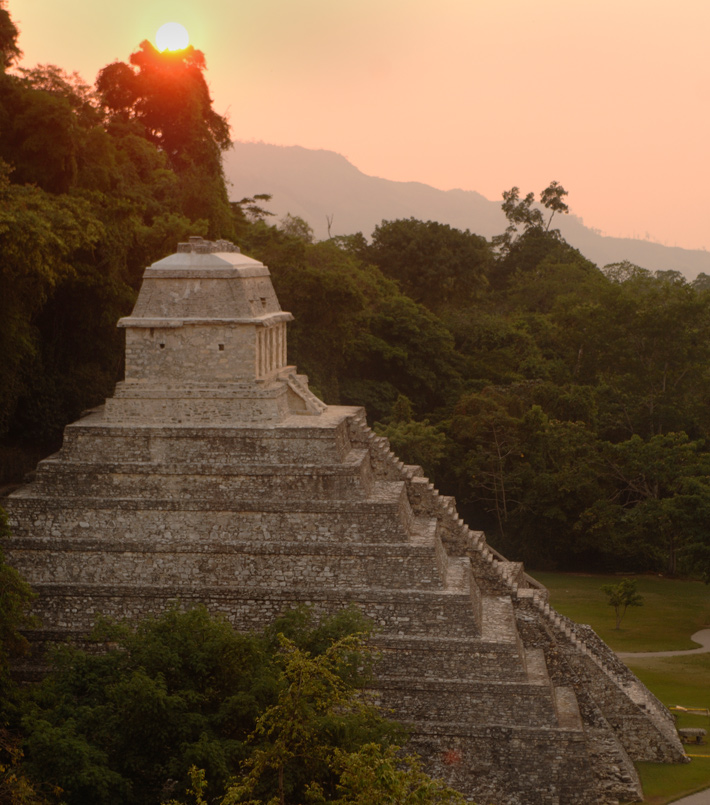JERUSALEM—The National Library of Israel has revealed 29 manuscripts written in Judeo-Arabic, or Arabic words in Hebrew script, and Judeo-Persian, or Persian words in Hebrew script, that were used by a Jewish community living on the edge of the ancient Persian empire. “We’ve had many historical sources on Jewish settlements in that area. This is the first time that we have a large collection of manuscripts that represents the culture of the Jews that lived there,” said Haggai Ben-Shammai, academic director of the Library. The 1,000-year-old documents are said to have come from caves in northeastern Afghanistan, in an area controlled by the Taliban. One of the manuscripts is attributed to Saadia Gaon, a rabbi known for translating Jewish texts into Arabic, and for running a rabbinic school in Babylon.
Ancient Jewish Manuscripts Recovered From a Silk Road Cave
News January 4, 2013
Recommended Articles
Off the Grid November/December 2025
Bighorn Medicine Wheel, Wyoming
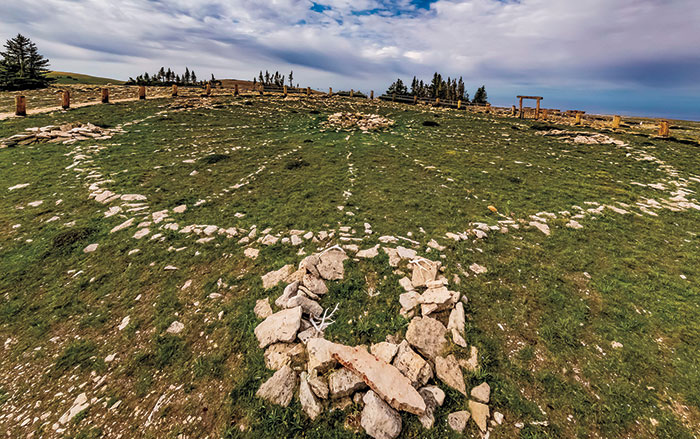
Letter from Mongolia November/December 2025
Building the Black City
Why the nomads of the Uighur Empire constructed a medieval urban center like no other
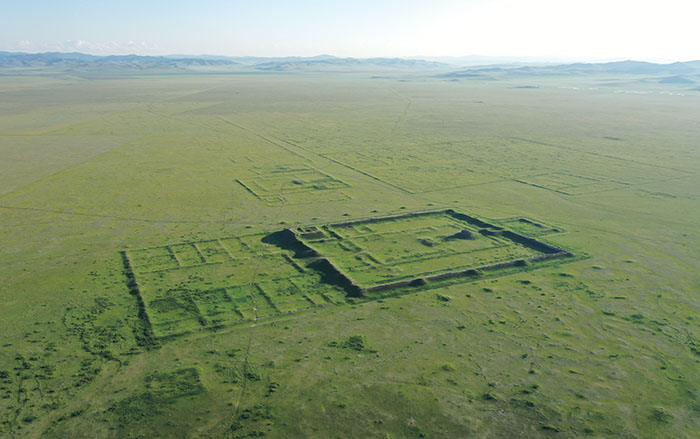
Digs & Discoveries November/December 2025
In His Majesty's Secret Service
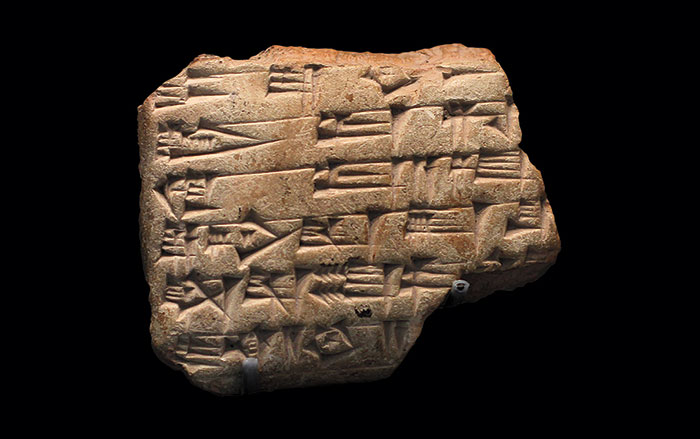
Digs & Discoveries November/December 2025
Washington Risks It All
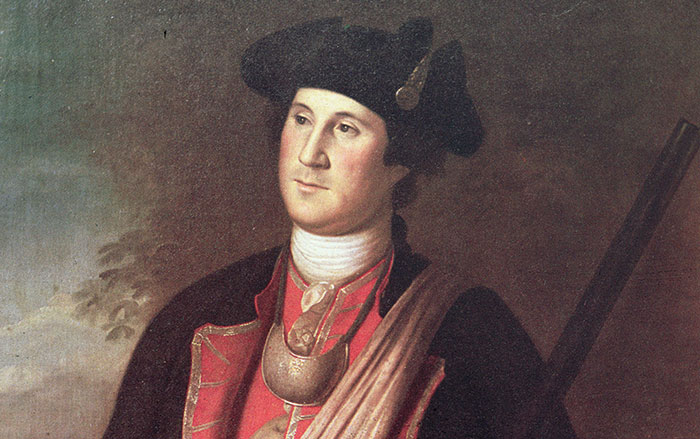
-
Features November/December 2012
Zeugma After the Flood
New excavations continue to tell the story of an ancient city at the crossroads between east and west
 (Hasan Yelken/Images & Stories)
(Hasan Yelken/Images & Stories) -
Letter from India November/December 2012
Living Heritage at Risk
Searching for a new approach to development, tourism, and local needs at the grand medieval city of Hampi
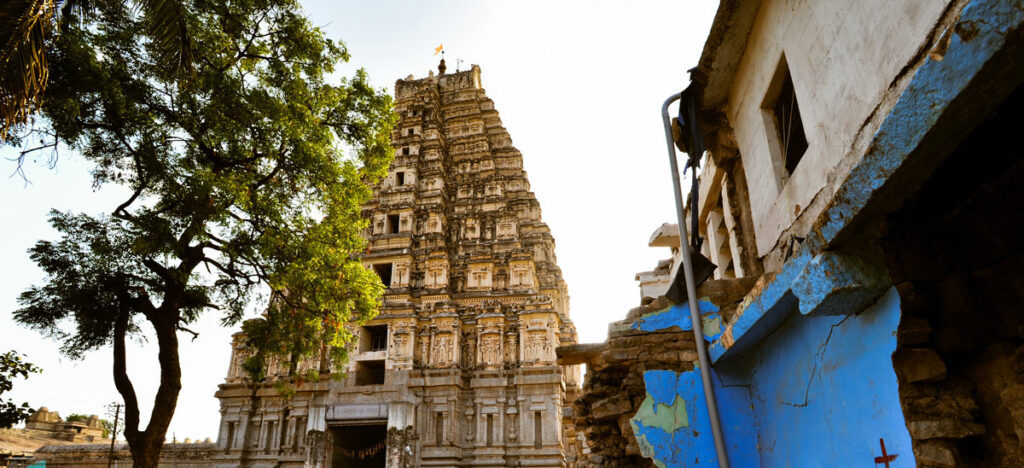 (Gethin Chamberlain)
(Gethin Chamberlain) -
Artifacts November/December 2012
Beaker Vessels
Ceramic beakers were the vessels of choice for the so-called “Black Drink” used at Cahokia by Native Americans in their purification rituals
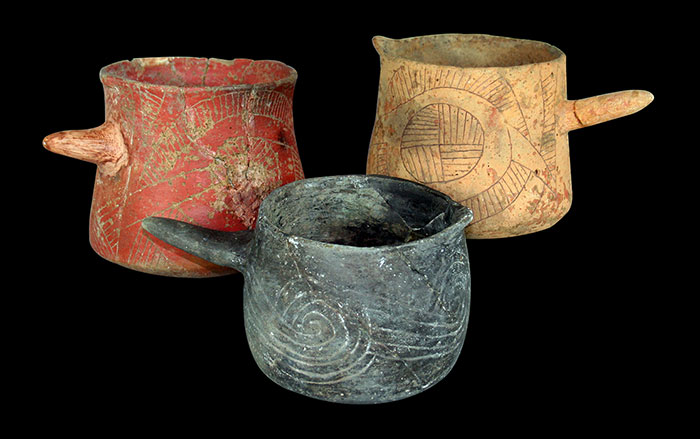 (Linda Alexander, photographer, use with permission of the Illinois State Archaeological Society)
(Linda Alexander, photographer, use with permission of the Illinois State Archaeological Society) -
Digs & Discoveries November/December 2012
The Desert and the Dead
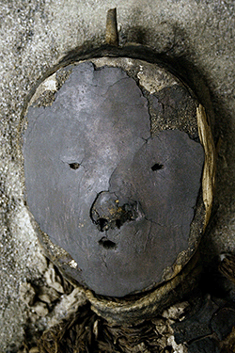 (Courtesy Bernardo Arriaza)
(Courtesy Bernardo Arriaza)


